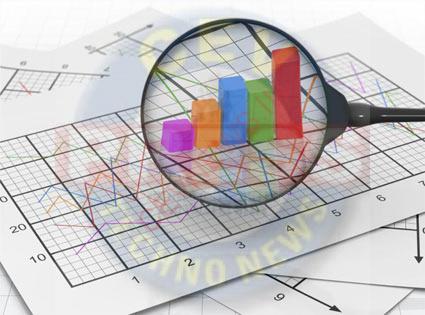COST VOLUME PROFIT ANALYSIS – ALL YOU NEED TO KNOW
The total cost of a firm depends on its volume of output. The total cost has two parts— fixed and variable. Fixed cost remains fixed at all levels of production in the short-run, but variable cost proportionately changes with the volume of output. Again the profit of the firm is dependent on its total sales and total cost. It is because of the positive difference between gross revenue (sales), and the total cost is profit.
Cost-Volume-Profit Analysis also commonly referred to as Break-Even Analysis, is a way for companies to determine how changes in costs (both variable and fixed) and sales volume affect a company’s profit. With this information, companies can better understand overall performance by looking at how many units must be sold to break even or to reach a certain profit threshold or the margin of safety.
Components of Cost Volume Profit Analysis
There are several different components that together make up CVP analysis. These components involve various calculations and ratios, which will be broken down in more detail in this guide.
The main components of CVP analysis are:
- CM ratio and variable expense ratio
- Break-even point (in units or dollars)
- Margin of safety
- Changes in net income
- Degree of operating leverage
Objectives of Cost Volume Profit Analysis
Earning of profit depends on the efficient management of cost because each unit sold has its specific cost controlling of cost through efficient management; on the other hand, it depends on the quantum of output.
The main objective of the cost-volume-profit analysis is to help management make important decisions revealing the interrelationship among the volume of output and sales, cost, and profit.
In other words, cost-volume-profit analysis is an important tool through which the management can have an insight into the effects on profit due to variations in cost and volume of sales for taking appropriate decisions.
The objectives achieved by such analysis may also be identified as its benefits. These objectives or advantages of cost-volume-profit analysis are as follows:
- Profit planning;
- Help in preparation of flexible budgets;
- Ascertainment of no profit and no loss level;
- Ascertainment of optimum product mix;
- Taking pricing decisions;
- Production planning;
- Taking other managerial decisions;
- Help in controlling cost;
- Achieving efficiency;

